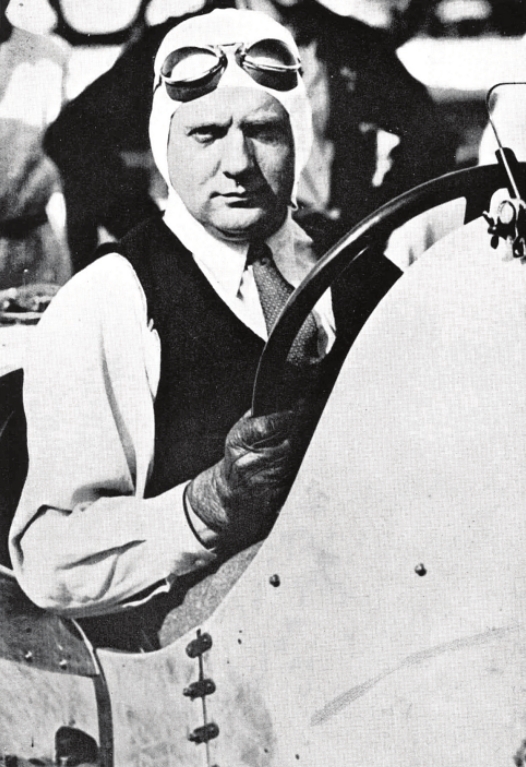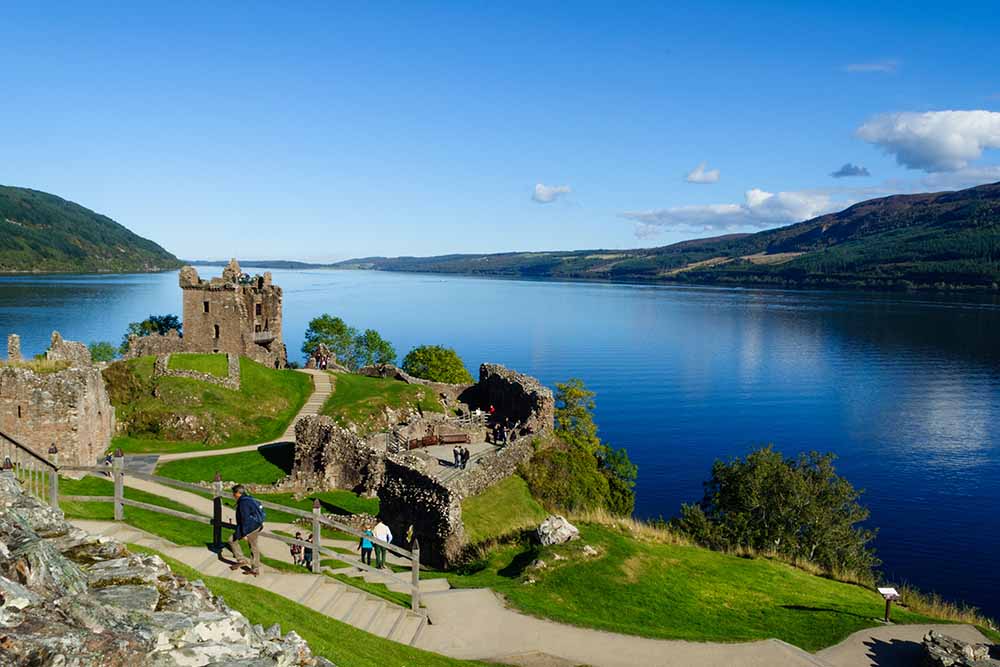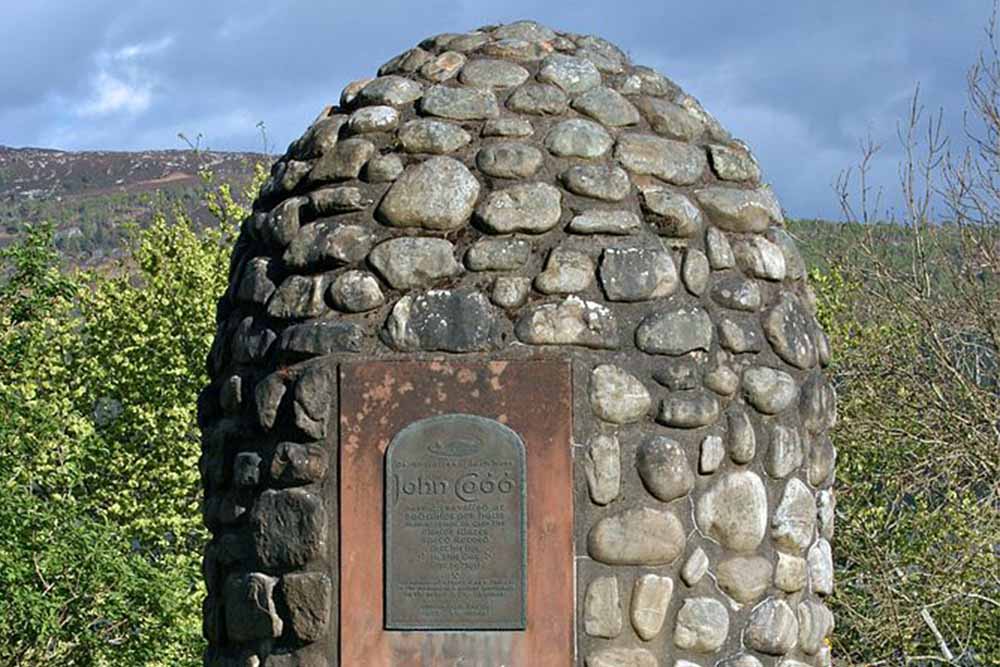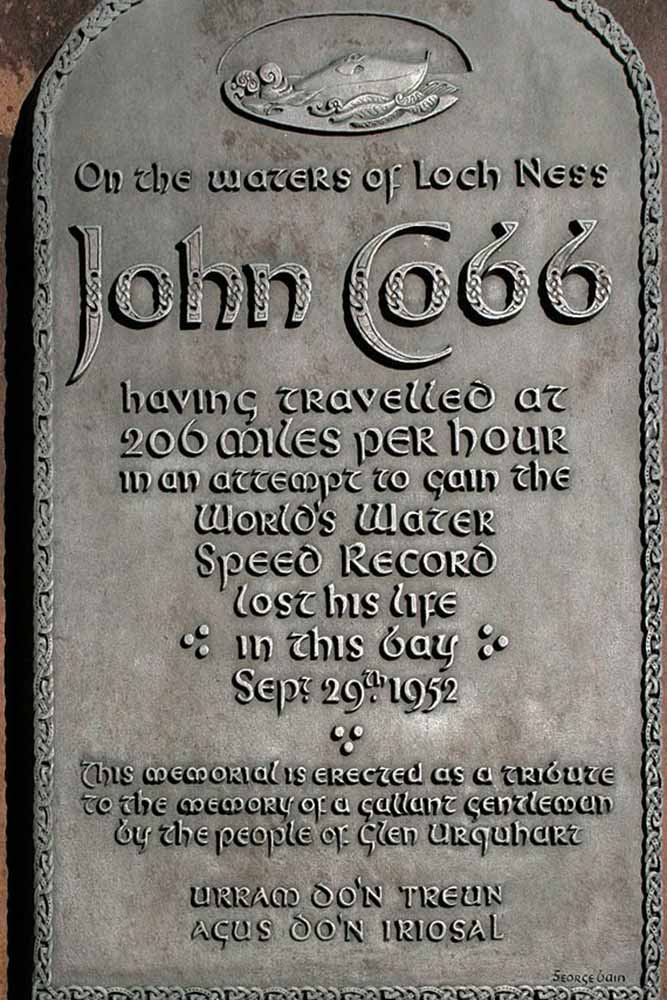Throughout history, people have wanted to go faster, travel higher and be stronger than anyone else. This was especially so with John Cobb, a man whose vision was to be the fastest man alive. Although his story had a tragic end on Loch Ness, he was a man who knew what he wanted and had the drive and determination to make it happen. A memorial now sits on the banks of the loch near Drumnadrochit to mark his life and achievements.

Early Life
John Cobb was born in Surrey in 1899. His father was a successful businessman, meaning John was able to pursue his dreams to become a speed racer. He broke numerous track speed records and then, in 1938, he broke the world land speed record by travelling at 350 miles perhour. Less than a year later, he broke it again by going at 369 miles per hour.
After the interruption of World War II, where he served in the airforce, John returned to the Bonneville Salt Flats, where he made his land speed records, and beat them again. This time, in 1947, he reached 394.14 miles per hour, becoming the undisputed fastest man alive. This record would stand unbeaten for 16 years.

John Cobb, Loch Ness and a Speed Record
John soon turned his attention to gaining the world water speed record title. This would allow him to hold both the land and the water speed titles at the same time.
He commissioned the building of the Crusader, a jet powered speed boat costing him £15,000 (over £370,000 in today’s money). It was believed the boat could travel up to 200 miles per hour.
On 29th September 1952, John began his world record attempt. He was by now a popular personality – even the Queen Mother stopped by to wish him good luck. As per agreed rules, two runs of a speed over 178.4mph (the current record) would be required for John to hold take the title.
His first run was clocked at 206 miles per hour, but when he was due to turn around and begin his second run, disaster struck. The Crusader hit an unexpected boat wake, causing the boat to jolt strongly into the loch at high speed, disintegrating quickly and leading to the death of John Cobb.

Photograph by Mike Peel 
Photograph by Mike Peel
The John Cobb Memorial
Cobb’s body was recovered and buried in his hometown in Surrey. He was 52. Although he was the first man to reach speeds over 200 miles per hour, a lack of a second run meant that he was never officially a record holder.
The people of Glen Urquhart erected a memorial in his name, and is available to visit. It rests by the side of the A8, near to where he lost his life. The memorial is 3.5 miles south of Drumnadrochit. It is easily missed, but can be found on what3words as hawks.repeats.special.
You will pass the John Cobb Memorial on Section 2 of the Loch Ness 360° trail.
